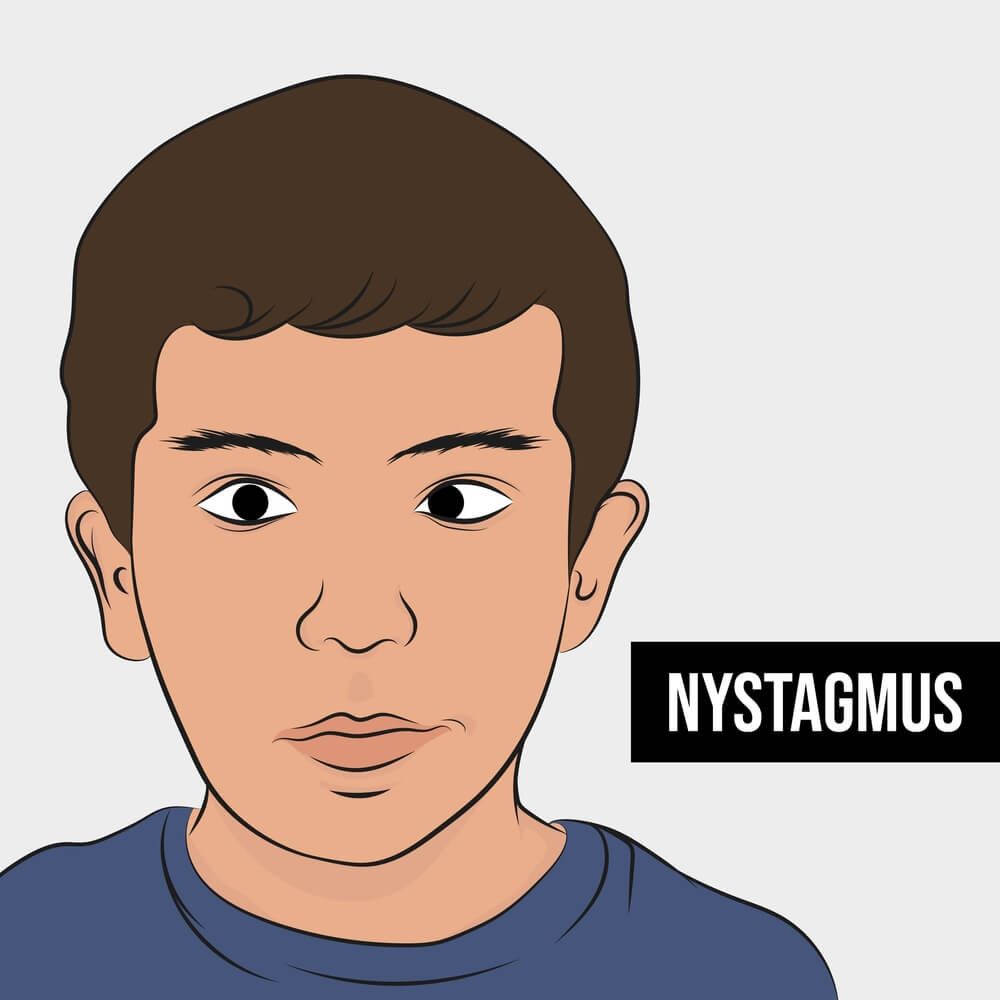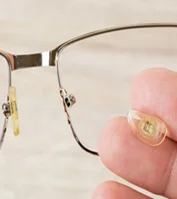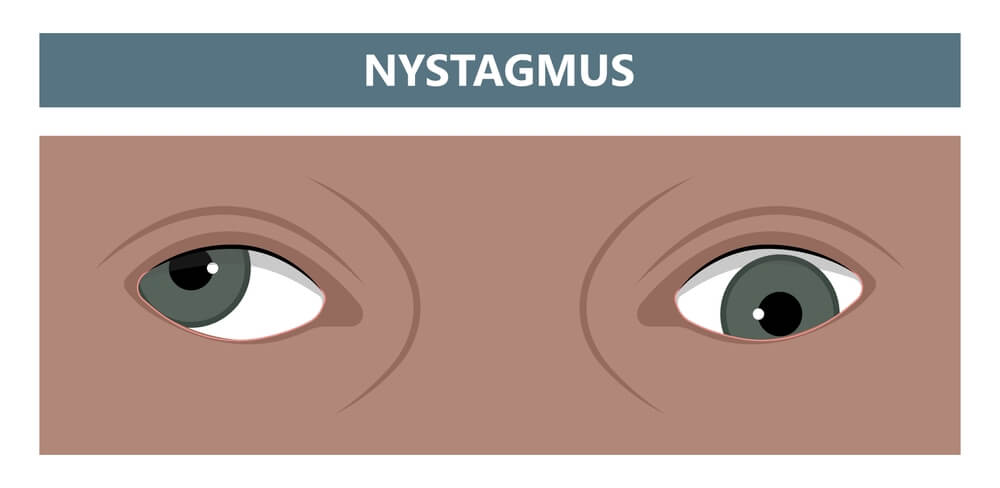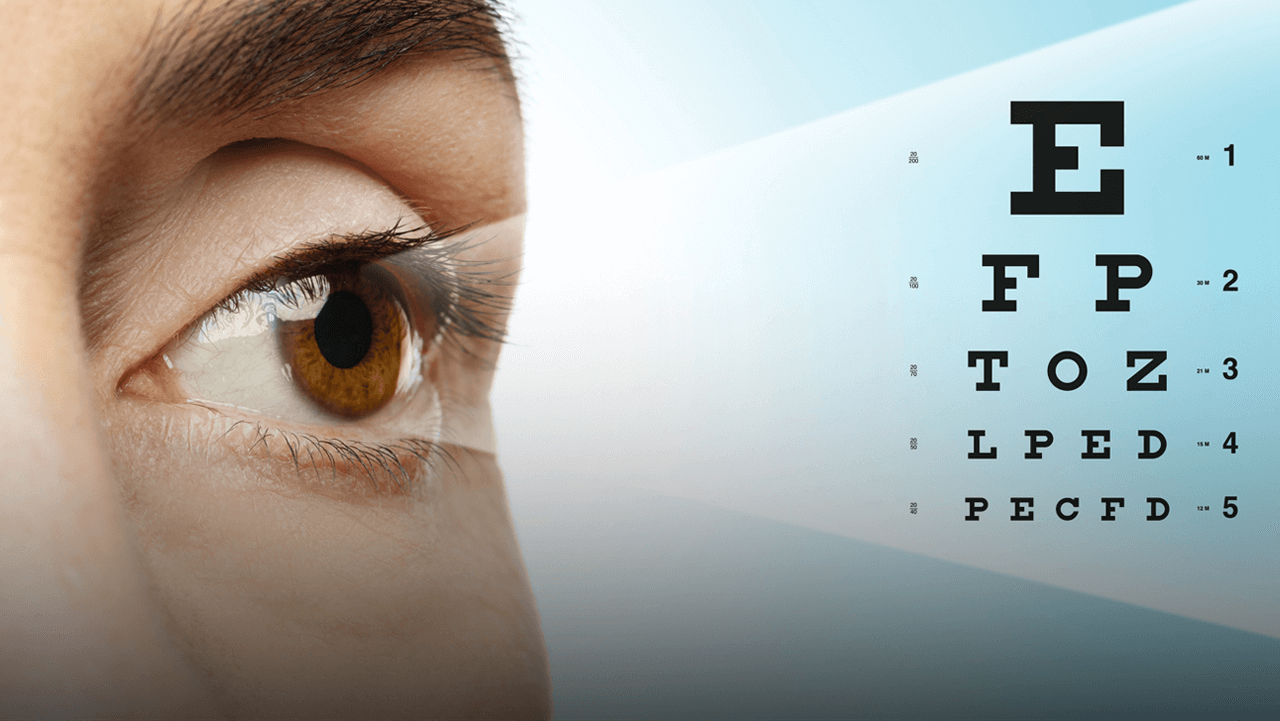Last updated: Wednesday, January 22, 2025
Nystagmus is the term used to describe jerky, rapid eye movements. Your eyes may move up and down side to side or in a circle if you have nystagmus. Although acquired nystagmus can develop later in life congenital nystagmus is a condition that some people are born with. Possible treatments include surgery prescription safety glasses and contact lenses.
About Nystagmus
Your eyes will move rapidly repeatedly and uncontrollably if you have nystagmus. Your eyes may shift in the following directions:
- Horizontal nystagmus (side to side).
- Vertical nystagmus or up and down.
- Rotating or torsional nystagmus—the inability to move in a circle.
There are various patterns that the movements can take. Your sight could:
- Jerk nystagmus is the condition where you drift in one direction and then jerk in the opposite direction to correct.
- A steady pendulum-like motion of drifting back characterizes Pendular nystagmus and forth.
- Problems with vision depth perception balance and coordination can result from these eye movements.

Different Forms Of Nystagmus
Adults and children are both affected by nystagmus. Congenital or infantile (beginning at birth or in the first few months of life) and acquired (beginning after six months of age) are the two types.
Acquired Nystagmus
Adults are more likely to develop acquired nystagmus, which occurs later in life. A medical condition affecting your brain, eyes, or ears caused by your nystagmus. It might also have nothing to do with the ailment at all. It might just be the way your body functions. Drug and alcohol abuse can occasionally lead to nystagmus. Adults suffering from acquired nystagmus frequently report having a wobbly vision. Children who suffer from spasmus nutans have acquired nystagmus. Between the ages of six months and three years is when it is usually diagnosed. Usually between the ages of 2 and 8, this kind of nystagmus gets better on its own without medication.
Optokinetic Nystagmus
When visual stimuli in the environment move, the eyes may move involuntarily, a condition known as optokinetic nystagmus (OKN). When observing moving patterns like passing scenery while driving, OKN a normal physiological response helps stabilize vision during head and body movements. It is frequently evaluated clinically using particular tests like having the patient observe a revolving drum with alternating white and black stripes. Optokinetic nystagmus is a vital diagnostic tool in neurology and ophthalmology because abnormalities in it can reveal underlying neurological or vestibular problems.
Torsional Nystagmus
An involuntary eye movement in which the eyes rotate or twist around their anterior-posterior axis characterizes torsional nystagmus. This kind of nystagmus is usually linked to underlying neurological or vestibular conditions such as Wallenberg syndrome, multiple sclerosis, or brainstem lesions. It can be congenital nystagmus. Because torsional nystagmus causes abnormal eye movements people may have trouble maintaining stable vision and spatial orientation which can result in dizziness vertigo and visual disturbances.
Nystagmus In Children Or Congenital
Nystagmus typically manifests in infants between the ages of six weeks and three months. Although the precise cause isn't always known parents can occasionally pass on nystagmus to their offspring. Youngsters who are born with congenital nystagmus frequently have it in both eyes. Usually, their gaze is side to side. Foggy vision is the primary symptom.

Pendular Nystagmus
A unique kind of involuntary eye movement known as pendular nystagmus is typified by a smooth pendulum-like oscillation of the eyes usually in a horizontal direction. Pendular nystagmus differs from other types of nystagmus because it does not exhibit the typical jerky fast movements. Rather the eyes move in a steady sinusoidal waveform, moving back and forth at the same speed. Congenital or acquired forms of pendular nystagmus are possible the latter is frequently linked to neurological disorders like multiple sclerosis brainstem lesions or oculopalatal tremor. Sometimes taking certain medications might cause pendular nystagmus as a side effect. Pendular nystagmus patients may perceive motion in a stationary environment have blurred vision and have problems with visual acuity and depth perception.
Voluntary Nystagmus
Unlike the involuntary types of nystagmus that are frequently linked to a variety of medical conditions, voluntary nystagmus is a distinct type of eye movement. In this situation, people can deliberately cause their eyes to oscillate rhythmically, usually in response to particular visual or physical stimuli. This phenomenon is usually noticed in specific circumstances, like when someone tries to create a visual effect or moves their eyes purposefully in a particular pattern, such as mimicking the movements of pathological nystagmus. Despite not being regarded as a medical condition, voluntary nystagmus can be a useful tool in some clinical evaluations to gauge eye movement coordination and control.
Vestibular Nystagmus
The vestibular system, which is in charge of preserving balance and spatial orientation, can become disrupted, leading to an involuntary eye movement known as vestibular nystagmus. This disorder usually presents as jerky fast eye movements that can be rotating vertically or horizontally. It is also frequently accompanied by vertigo lightheadedness and a spinning feeling. Several conditions can cause vestibular nystagmus such as Menieres disease, vestibular neuritis and benign paroxysmal positional vertigo (BPPV).
What Signs and Symptoms Lead To Nystagmus?
Uncontrollably moving eyes are the major symptom of nystagmus. Depending on what is causing the condition, nystagmus can have the following symptoms.
- Oscillopsia is the sensation that everything around you is moving.
- Hazy or unfocused vision.
- Equilibrium issues.
- Light sensitivity or difficulties seeing in low light.
- Vertigo or the sensation of spinning.
Why Does Nystagmus Occur?
The vestibular system, which consists of the structures in your ears, works with your brain to regulate eye movement. When you move your head, it automatically adjusts your eyes to keep the image in focus. A malfunction keeps your brain's vestibular system and eyes from cooperating in individuals with nystagmus. A neurological disorder an issue with your inner ears balance and coordination systems or another eye issue could all cause nystagmus. Risk factors and causes of nystagmus include:
- Issues with your brain or vision during development.
- Issues related to the optic nerve or retina.
- Conditions affecting the inner ear such as Ménières disease and benign paroxysmal positional vertigo (BPPV).
- Cervical spine.
- A brain tumour.
- Trauma to the head or eyes (injury).
- Chewing drugs or alcohol.
- Albinism is a condition where skin lacks pigmentation.
- Issues with vision such as astigmatism or nearsightedness.
- Particular medications such as those used for seizures.
- Conditions that impact the central nervous system such as MS (multiple sclerosis).
- Birth defects affecting the eyes such as cataracts strabismus (crossed eyes) and focusing problems. There are situations when the cause is unclear. Idiopathic nystagmus is the term for this.
How Does Nystagmus Get Diagnosed?

A specialist in eye care known as an ophthalmologist usually diagnoses nystagmus. Along with asking about your symptoms, they will examine your eyes. They will check for cataracts, strabismus problems with your retina or optic nerve, and other conditions that could be linked to nystagmus. Other medical professionals who specialize in the brain and inner ear can diagnose and test for conditions that may be causing your nystagmus, including neurologists and otorhinolaryngologists.
Tests To Identify Nystagmus
To find out what's causing your nystagmus you might require more testing from various providers. An ophthalmologist may conduct tests to determine whether nystagmus is being caused by an eye condition. If nystagmus is being caused by a brain condition a neurologist may conduct tests to assess the condition. To determine whether nystagmus is related to an inner ear ailment an otorhinolaryngologist or audiologist may perform tests. Tests could consist of:
- A neurological examination.
- An examination of the ears.
- Recordings of eye movements (e. g. electronystagmography video-nystagmography).
- Imaging tests such as magnetic resonance imaging (MRI) or computed tomography (CT) scans produce images of your brain.
- Genetic testing to detect inherited genetic mutations or mistakes in your DNA linked to certain types of congenital nystagmus.
Is Nystagmus Correctable?
Depending on what medical condition caused it nystagmus correction varies. Acquired nystagmus may occasionally be resolved by treating the underlying illness. Treatment for nystagmus, for instance, can alleviate symptoms like dizziness and shaky vision. In certain cases, nystagmus disappears or lessens over time as your brain and vestibular system heal the damage. Congenital nystagmus of some kinds may go away with age. While there are no full cures for other types appropriate care can control symptoms.
How Is Nystagmus Treated?
Though strabismus and childhood cataracts are treatable, underlying conditions like nystagmus cannot currently be cured. Depending on the cause of your nystagmus, your doctor will suggest a course of action. They'll also consider your individual preferences and medical history.
Contact Lenses Or Glasses
Improved vision can facilitate slowed eye movements linked to nystagmus. To help with symptoms, your doctor might suggest contact lenses or glasses. Prism lenses which reduce the amount of movement required for clear vision might be necessary for you.
Medications
Adult patients suffering from nystagmus may find relief from certain medications, including muscle relaxant baclofen antiseizure drug gabapentin, and onabotulinumtoxina. If you should take any medication, your healthcare provider will decide.
Surgery On The Muscles Of The Eyes.
Your doctor will rarely recommend strabismus surgery. A surgeon realigns the muscles that move the eyes during this procedure. Although this surgery does not cure nystagmus, it does enhance eye movement. It will be easier for you to see clearly without having to tilt or turn your head as much.
Surgery For Vision Correction
If you are nearsighted and have nystagmus laser vision correction surgery like LASIK may be beneficial for you. Laser eye surgery enhances vision but does not treat nystagmus. Your nystagmus symptoms may go down if your vision gets better.

Some Advice On Managing The Nystagmus Condition
Individual differences exist in the way nystagmus impacts vision and quality of life. But it doesn't result in complete blindness. The effects of nystagmus on vision may be lessened by engaging in self-care activities. Although there is insufficient scientific evidence to validate the effectiveness of these practices anecdotal evidence indicates that they may result in better vision. Because of this people who have nystagmus might want to try:
- Doing poses.
- Tai chi.
- Pilates.
- Leisure.
- Using meditation.
Should I Schedule A Visit With My Doctor?
If your vision changes or if you experience issues with balance or coordination, get in touch with your healthcare provider right away. It is important to keep in mind that nystagmus may indicate severe medical problems. Timely diagnosis and treatment are crucial. If your nystagmus diagnosis has already been made let your doctor know if your symptoms get worse.
What Is The Frequency Of Nystagmus?
Exactly how many members of the general public are affected by nystagmus is unknown to scientists. According to earlier research, between six and twenty-four persons per 10000 have nystagmus.
Is Nystagmus A Dangerous Illness?
Nystagmus is not regarded as harmful. However, it could also be linked to more serious health issues, particularly those that impact the brain like inflammatory diseases, brain tumours, stroke, toxicity, and head trauma.
Bottom Line
Nystagmus frequently indicates a neurological condition. You could require treatment if your eye movement is uncomfortable. Sometimes nystagmus is detected incidentally—by accident—during an eye checkup by your healthcare provider when it doesn't create any troublesome symptoms. Nystagmus may occasionally be the initial sign of a neurological condition. In some cases, determining the reason behind your eye jerking may require a comprehensive medical examination. The neurological disorders that lead to nystagmus typically require treatment.
FAQ's
What is the most common cause of nystagmus?
Nystagmus often arises from neurological issues or inner ear problems that disrupt the eye's control mechanisms. It can also be congenital, present from birth.
Can stress and anxiety cause nystagmus?
While stress and anxiety don't directly cause nystagmus, they can exacerbate existing symptoms, making the involuntary eye movements more noticeable.
Can nystagmus in babies go away?
In some infants, nystagmus diminishes as their visual system develops. However, if it persists, it's essential to consult a pediatric ophthalmologist for proper evaluation and management.
Is nystagmus a disability?
Nystagmus can be considered a disability if it significantly impairs vision and affects daily activities. The impact varies among individuals, depending on the severity and underlying cause.
What is voluntary nystagmus?
Voluntary nystagmus refers to rapid, rhythmic eye movements that some individuals can initiate consciously. It's a rare ability and not indicative of any neurological disorder.

































